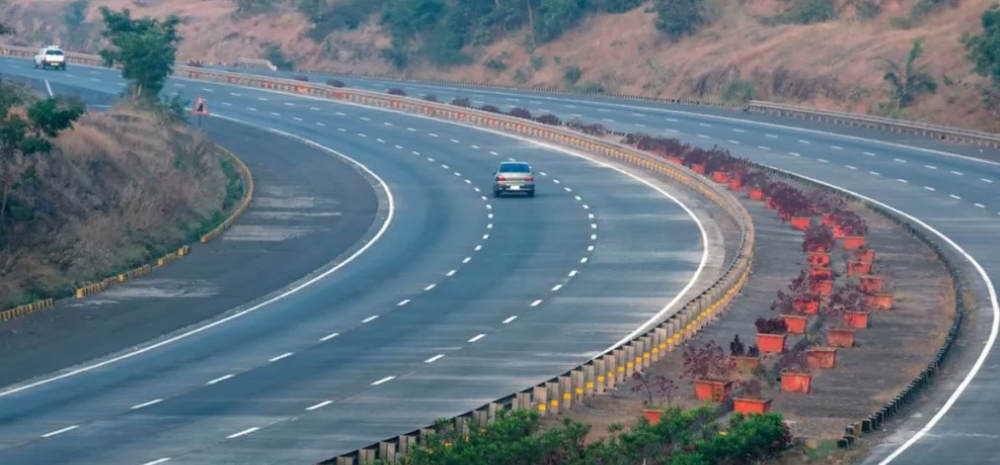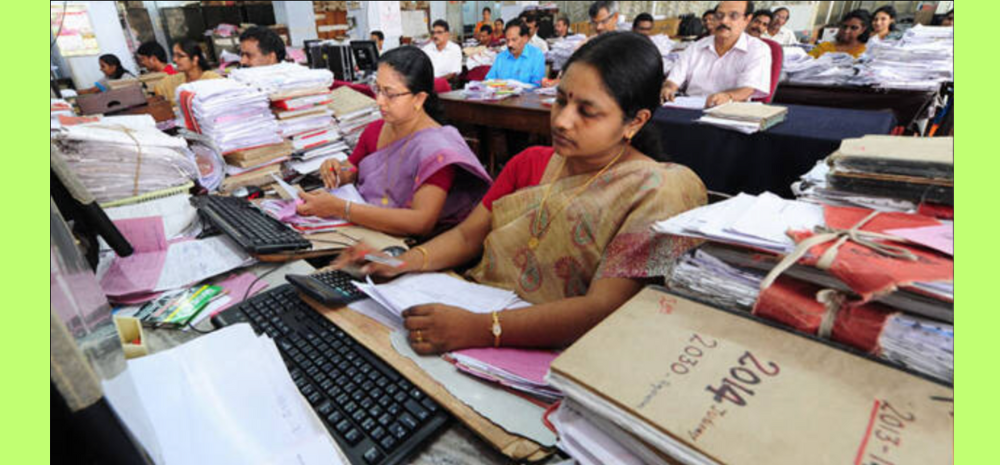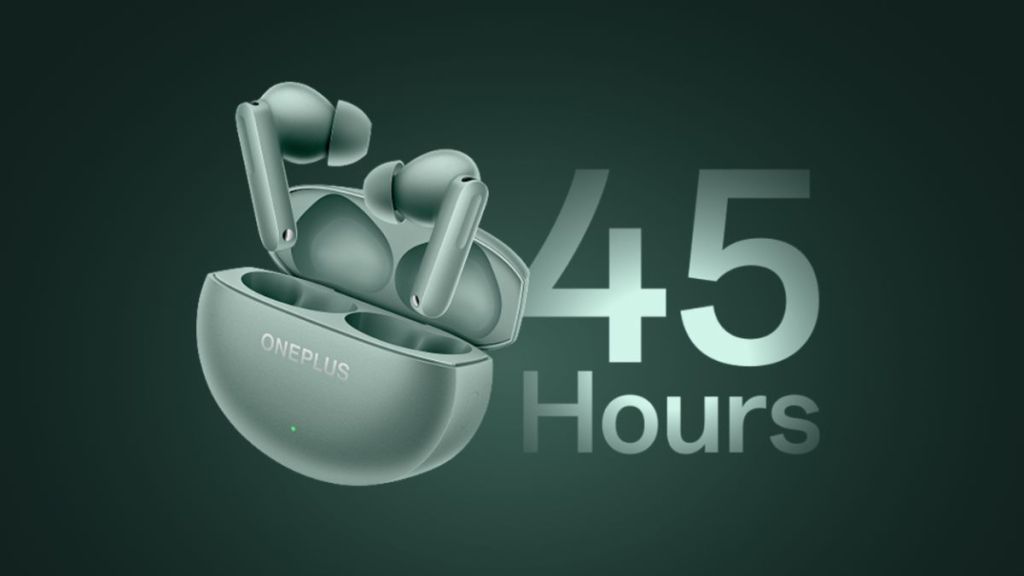The Maharashtra State Road Development Corporation (MSRDC) has announced an ambitious plan to transform the Mumbai-Pune Expressway into a 10-lane superhighway. This major upgrade aims to reduce congestion and improve travel efficiency on one of India’s busiest routes.
What began as a proposal for an 8-lane expansion has now been revised into a more extensive 10-lane design. The project is expected to cost ₹14,260 crore, according to MSRDC Vice-Chairman and MD Anilkumar Gaikwad. A detailed project report (DPR) is in the final stages and will soon be sent for government approval.
Why This Expansion Is Urgent
India’s first access-controlled expressway, the Mumbai-Pune Expressway spans 94.6 km and connects two key economic hubs. Since its launch in 2002, traffic on the route has increased significantly.
On weekdays, the expressway sees about 65,000 vehicles, while weekends bring in over 1 lakh. With traffic growing at an estimated 5–6% annually, weekend trips can take up to an hour longer than usual. Currently, the average drive takes around two hours under normal conditions, but that can quickly rise during peak times or holidays.
Funding the Future with Toll Revenue, Not Taxpayer Money
Unlike many infrastructure projects that rely on government funding, this expressway upgrade will be self-funded through toll revenue. MSRDC plans to cover the ₹14,260 crore cost—₹8,440 crore of which will go toward construction—using income from toll collection.
The final funding model is still under discussion. Authorities are considering Build-Operate-Transfer (BOT) or annuity-based models. However, Gaikwad emphasized that toll revenue will remain the backbone of the financing strategy. This self-reliant approach may reduce the need for public funds while keeping the project on track.
What’s Next and When Will It Be Ready?
MSRDC hopes to complete the expanded expressway by 2045, aligning with the end of the current toll contract. If needed, the corporation may request an extension of the toll period to recover costs related to the 10-lane expansion.
Once complete, the wider expressway is expected to cut travel time, ease congestion, and significantly improve overall traffic flow. It will also support future increases in vehicle volumes, making the road more resilient and reliable for decades to come.
What This Means for Commuters and the Economy
The Mumbai-Pune Expressway is not just a road—it’s a vital link between two of Maharashtra’s biggest cities. By investing in its long-term capacity now, MSRDC is aiming to future-proof the corridor.
For commuters, businesses, and logistics operators, the upgrade could lead to faster, safer, and more predictable travel. If you frequently drive between Mumbai and Pune, expect major changes over the coming years—and eventually, a smoother ride.







